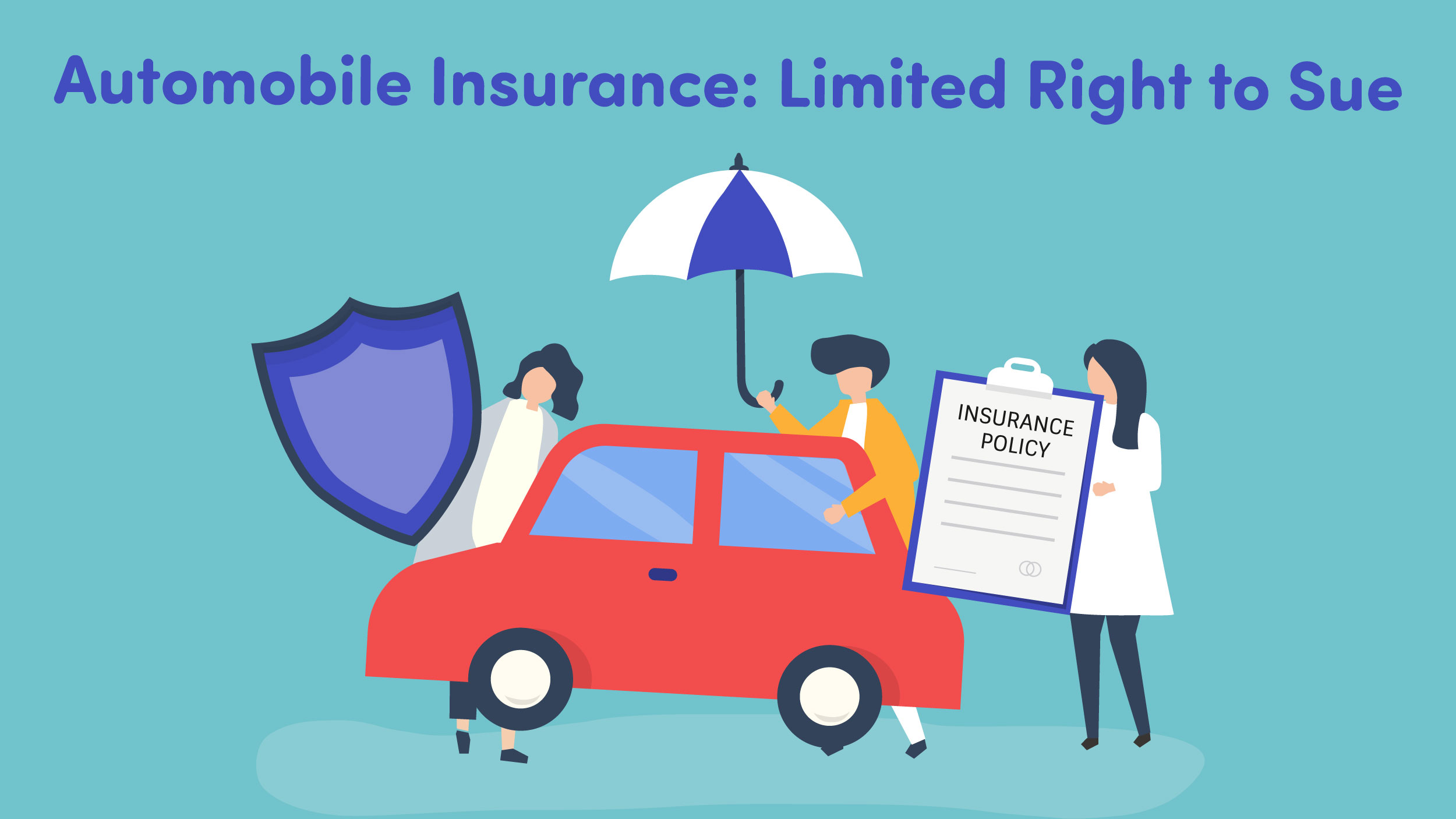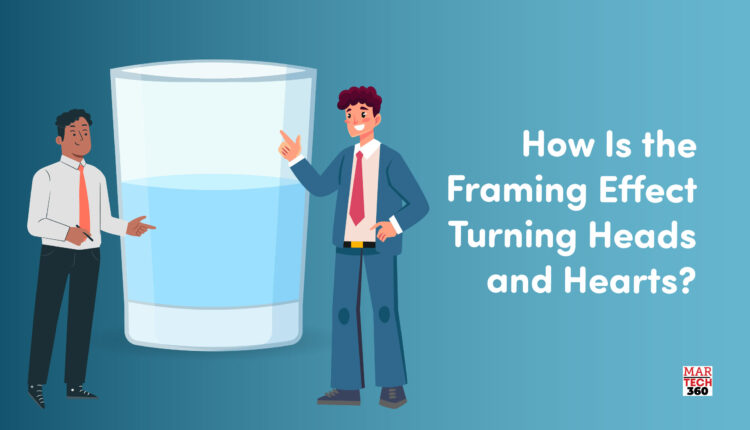Have you ever noticed how the way something is presented can drastically sway your decision? It’s like those mind-bending optical illusions that leave you questioning reality! Well, today, we’re diving into the fascinating world of the “framing effect.” Don’t worry; it’s not about putting pictures in fancy frames or anything. Instead, it’s a psychological phenomenon that reveals just how easily our brains can be tricked by the way information is framed.
Let’s dive in!
What is Meant by the Framing Effect?
A form of cognitive bias known as the framing effect makes people respond to information differently depending on how it is presented to them. It’s also a time-tested tactic that copywriters have employed to influence consumer behavior for years. It’s a tool that e-commerce retailers can and ought to use to boost conversions and sales.
To put it in super easy terms, it’s like tricking people’s minds by tweaking how you say stuff. Just a little word change, and bam! You’ve shifted their whole perspective. Pretty cool, right?
Customers might be swayed significantly by framing. Don’t trust our word? Do you prefer to utilize a product that is 95 percent effective or one that fails only 5 percent of the time? Would you rather purchase a $30 goods or a $50 product that also includes a $20 “free gift”?
These are but a few strategies that businesses can employ to win over their customers’ thoughts. However, framing is far more than just a sales tactic. We all use it on a daily basis when negotiating, debating, making plans, or apologizing.
Positive Or Negative Framing? Who Will Win the Battle of Influence?
Positive framing and negative framing are the two main approaches to take when employing framing in your marketing copy or product descriptions.
● Positive Framing: All About Gains
In positive framing, the wording focuses on what the customer will receive. This framing shows them how they can benefit from a product/service, emphasizing how they’re improving or growing because of it.
● Negative Framing: The Fear Factor
Conversely, while using negative framing, you aim to instill fear in your audience that they will miss out on something. Negative framing plays on people’s innate fears about losing out or suffering a loss. Purchasing your goods will stop a bad thing from happening – this is an example of a negative framing to attract consumers’ attention.
Frame It Your Way: How Many Ways of Mind-Shaping Are There?
There are a bunch of ways in which you can present information, and researchers have looked into five major psychological categories: gain frames, loss frames, temporal frames, value frames, and goal frames.
● Gain Frames
People prefer certainty and are risk-averse when it comes to positive gains. People will pick a little increase that is guaranteed over one that has a chance of being significantly better.
● Loss Frames
People would rather take a chance at a large loss than ensure a small one. For the chance of suffering no loss at all, they are willing to take a huge risk.
● Temporal Frames
The majority of people will pick smaller, more immediate rewards over larger, longer-term ones. Most individuals struggle with delayed gratification because they want things right away.
● Value Frames
If information is presented as having an impact on something they value, most individuals will react to it more positively. Without any framing, information may be ignored, but if it is presented as relevant to them, they are more likely to respond. These framings can’t just be focused on interests and pastimes, they frequently have political overtones.
● Goal Frames
More often than not, people react favorably to information that is presented as either assisting or impeding an effort to improve their situation. When given facts that will aid or hinder their objective, they respond.
How Does the Framing Effect Fuel Brand Marketing Mastery?
In some ways, branding is the skill of presenting information in a way that appeals to specific audiences.
Marketers are concerned with how their messages affect consumer behavior. According to the framing effect, multiple actions may result from the same information depending on how it is presented. The data must be presented in the most effective way possible for consumers to understand it. Here we discuss the impact of good framing on your marketing and branding efforts.
● Marketing
In general, marketing is taking facts and framing them in the most persuasive manner. A skilled marketer can connect with individuals in a way that matters to them.
By comprehending the framing effect better, you can develop your marketing thoughts. If you consider the gain, loss, temporal, value, and goal frames in detail, you will get superior answers.
What would be the most effective frame for the audience and the content being presented? Test it if it is not immediately clear to you.
Consider whether you can combine frames to increase their impact. To pitch a significant benefit in something they value, for instance, you may mix the gain frame and the value frame.
● Branding
The art of branding involves speaking directly to a group of individuals who are interested in the proposed solution.
For instance, Tesla targets customers who prioritize lowering their reliance on fossil fuels and want to reduce their transportation costs.
Nike is another example. They talk directly to those who want to become better athletes or who value winning.
Which Real-Life Situations Showcase the Framing Effect?
As we mentioned earlier, the framing effect isn’t just limited to advertising; we use it in our everyday lives all the time. Now that you know what it is, get ready to notice positive and negative framing examples in your regular conversations. Trust us, once you’re aware of it, you’ll see it everywhere!
Alright, here are a couple of common examples to explain the framing effect:
1. Automobile Insurance: Limited Right to Sue
 80% of New Jersey citizens picked “limited right to sue” when purchasing a new auto insurance coverage, compared to only 25% of Pennsylvania residents.
80% of New Jersey citizens picked “limited right to sue” when purchasing a new auto insurance coverage, compared to only 25% of Pennsylvania residents.
What could possibly explain such a variation in response between the neighboring states of New Jersey and Pennsylvania?
In New Jersey, they went with the “limited right to sue” as the default option, while in Pennsylvania, they rolled with the “full rights to sue” as the default pick.
Even if selecting “full rights to sue” could be advantageous, the people of New Jersey valued conformity and went with the default option.
2. Sunscreen Use Can Lower Skin Cancer Risk
 Using sunscreen provides a prime example of prospect theory in action. It’s a behavior that lowers the risk of a serious illness, involving both potential dangers and negative outcomes.
Using sunscreen provides a prime example of prospect theory in action. It’s a behavior that lowers the risk of a serious illness, involving both potential dangers and negative outcomes.
According to Prospect Theory and studies on the framing effect, if we present the information in terms of potential losses, it is likely to drive the most substantial change in behavior. By adopting a loss frame and emphasizing the risk of developing skin cancer, individuals stand a greater chance of enjoying a life free from such a condition.
A loss-framed message might go something like this:
More than two people die of skin cancer every single hour. If you skip sunscreen, you might be doubling your risk of getting this dreadful disease.
However, when compared, the variations in framings did not differ significantly. For the majority of participants, the response was similar whether the frame was positive or negative.
But, here’s the kicker: Adult men actually stepped up their sunscreen game when they were shown the loss frame.
Wrapping Up
And there you have it!
The framing effect can appear to be a simple psychological trick, yet it’s important for understanding how our brains function. It’s similar to learning the secret handshake to open up our minds’ secret rooms. The next time you come across a strong argument, a tricky sales pitch, or a captivating advertisement, take a step back and consider whether the framing effect is at work and use it to your advantage.


Comments are closed.